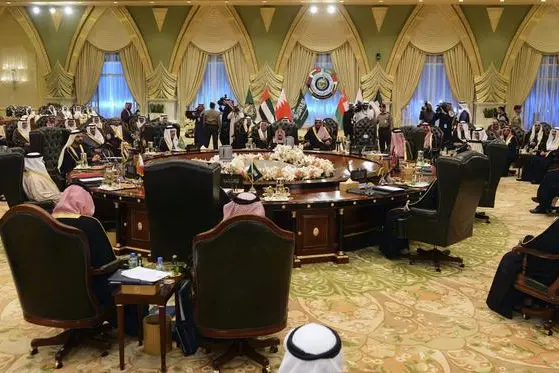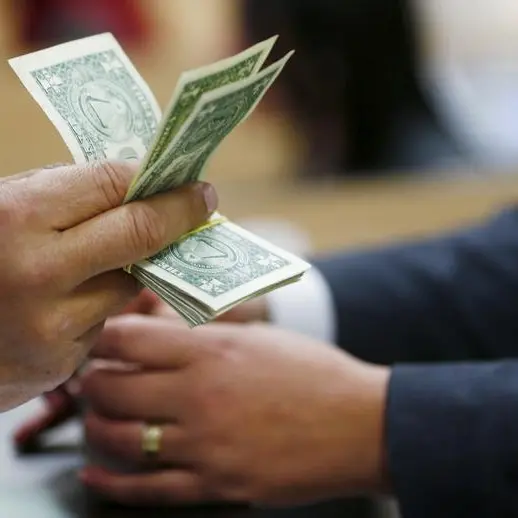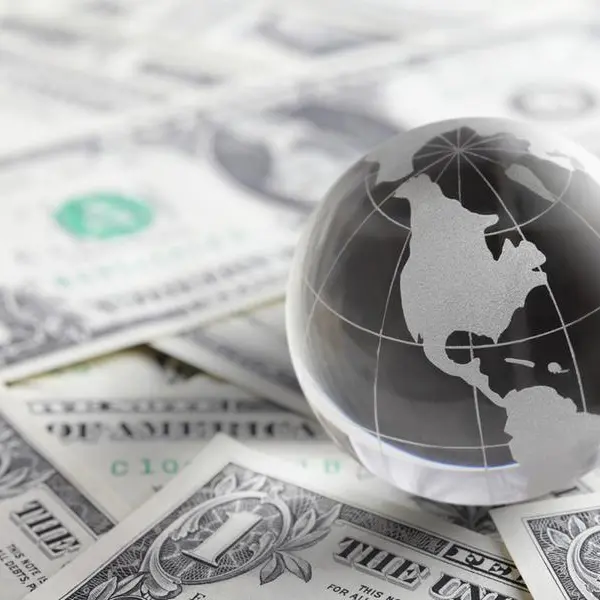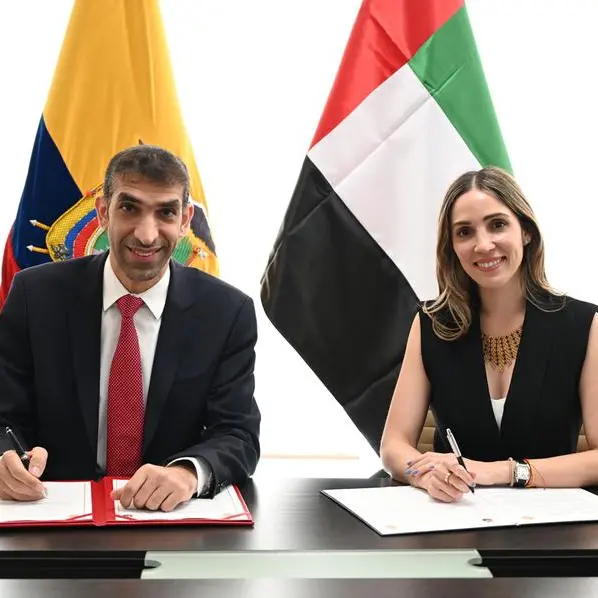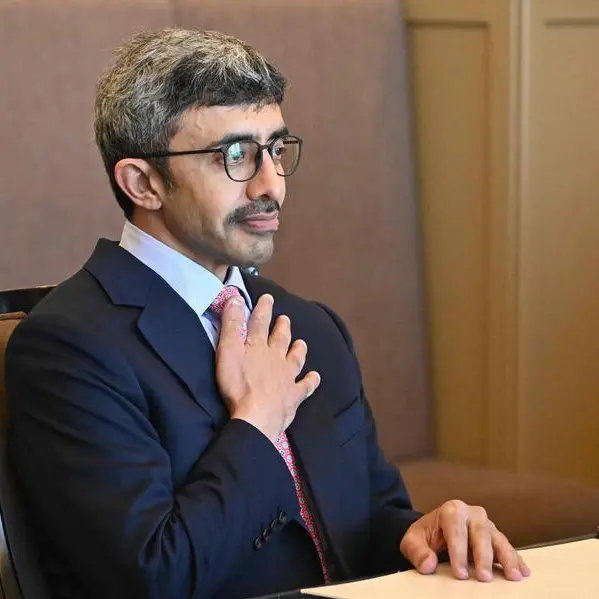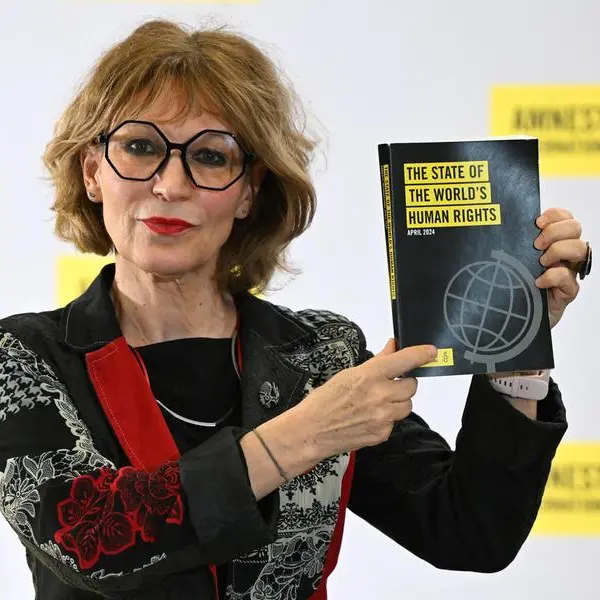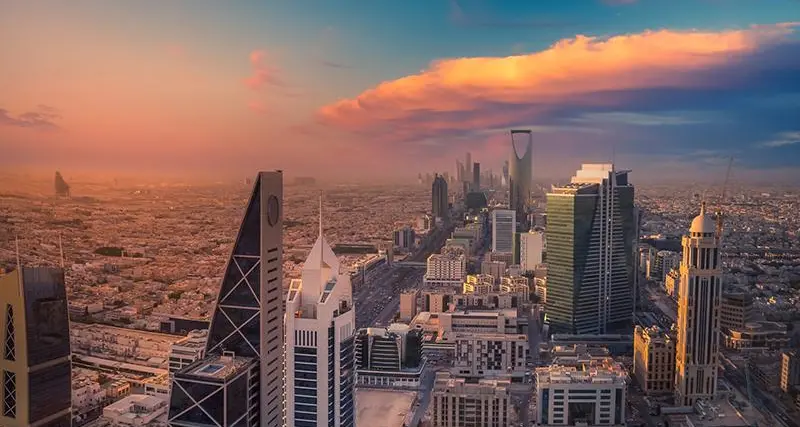PHOTO
As an inevitable consequence of a prolonged period of low oil prices, Gulf-based sovereign wealth funds are readjusting their long-term strategies, selling their financial assets abroad and pulling the money out at a rapid rate to fill the gaping budgetary holes. Also, there has been increased pressure on the them to invest in the local market in order to support projects troubled by budgetary cuts.
During the "golden era" (until 2014), when black gold was routinely traded above $100 per barrel, Gulf countries recorded capital inflow reaching epic proportions. They entrusted their enormous surpluses to their Sovereign Wealth Funds (SWF) which heavily invested in a variety of assets around the globe. But the financial circumstances of the Arab Gulf countries have changed dramatically.
At first, many analysts were convinced that most of the GCC states possess huge financial buffers, helping them to withstand a temporary drop in oil prices, stating that any worries were redundant. This is partly true. But hardly a week passes by without new reports and forecasts calling for deep structural changes in Gulf economies. Jim Rogers, a legendary investor and co-founder of the Quantum Fund, once said that bottoms in the investment world do not end with four-year lows; they end with 10 or 15-year lows. But for the majority of Arab economies this could be too long a time as Gulf billions are evaporating fast. Since it is not to be expected that oil and natural gas prices will recover any time soon, this could have a detrimental effect on the overall stability of the regional economies. The IMF's researcher's calculations revealed that GCC countries may expect a combined deficit reaching over $750 billion by 2020.
Although Arab sovereign funds still hold $2 trillion in publicly listed equities worldwide, only the United Arab Emirates, Qatar, and Kuwait's fiscal buffers will last for over 25 years on current fiscal plans and oil price projections, according to the IMF forecast.
A red alert is being sounded for Bahrain and Yemen, who are expected to exhaust their reserves in the next two years, while other countries will run out of buffers in four to seven years. Dr Angela Cummine, a sovereign wealth expert from the Department of Politics and International Relations at the University of Oxford, told Qatar Today that "in the first half of 2015, Saudi Arabia, the world's largest oil exporter, is estimated to have pulled out between $50-70 billion from various asset managers in response to around $73 billion being wiped off its foreign reserve assets since the oil price slide started. A large chunk of those assets has been redirected back into the budget to help cover the country's enormous public expenditure commitments, the highest in the Gulf region."
It is evident that the economies dependent on single-commodity exports are likely to pay the price of slow structural reforms and diversification. In theory, Gulf SWFs would usually be recommended to search for safe but profitable investment opportunities in Western and Asian markets. Instead they are facing a dilemma whether to liquidate their foreign assets and to what extent in order to cover government debt at home. The IMF predicts that the combined current account surplus of oil-exporters could rebound to $200 billion by 2020, merely a third of the $630 billion of assets they boasted about in 2011.
"The immediate effect of the oil price slump on the investment strategies of Gulf-based SWFs should be a strengthened commitment to diversification, combined with a new focus on liquidity," Dr Cummine noted and added that with around 60% of SWF assets domiciled in oil- and gas-producing countries, the commodity price slump equals dwindling revenues for energy-exporting governments and a new era of recurring budget deficits. That means two things for commodity-based SWFs: cash injections stop and drawdowns start, she said.
"The immediate effect of the oil price slump on the investment strategies of Gulf-based SWFs should be a strengthened commitment to diversification, combined with a new focus on liquidity." - Dr Angela Cummine, Sovereign wealth expert, Department of Politics and International Relations
University of Oxford
Sell, sell, sell!
Consequently, the recent news about the possibility of sovereign funds withdrawing about $700 billion from European stock exchanges should not come as a surprise. Even though less vulnerable than their Gulf neighbours, Qatar and UAE too seem to feel the pinch. Qatar has already been selling some commitments to private equity (PE) funds. It was reported that the Qatar Investment Authority (QIA) announced stake sales in German construction company Hochtief, French construction conglomerate Vinci and two London office buildings and it is reported to be in talks to sell the film studio Miramax.
Dr Cummine thinks that the need for more liquid portfolios could explain the recent sales by the QIA and other funds out of major European and US equities. However, these moves could also be a reaction to global and Eurozone stock market volatility that characterized the past six months. In such conditions it is logical to expect that the volume of investments will decline this year, although some suggest that withdrawal of offshore SWF investments will be partly replaced by private investors from the Gulf, who are searching for safer and more profitable opportunities abroad.
The absence of Gulf sovereign funds will probably be felt among assets that require long-term profitability. In addition, experts suggest that flows of petrodollars can have tremendous financial, monetary and fiscal effect. So, the reversed flow of capital back to the countries of origin in order to buffer troubles at home might have notable consequences on a global financial level. "Global liquidity will shrink because global liquidity basically means dollar liquidity and all the GCC and Saudi need dollars," Mohamad Al Hajj, a macro strategist for EFG Hermes UAE, told the Financial Times.
"The Qatar Investment Authority, along with other regional peers such as Mubadala in the UAE and the recently announced sovereign fund for Saudi Arabia, are all tasked with helping reduce the dependence of their sponsor governments on oil revenues. To this end, the QIA targets long-term strategic investments to help provide capital and economic drive when its oil reserves begin to decrease (predicted to occur around 2020)," continued Dr Cummine. Current economic circumstances make the realisation of that objective all the more urgent. Accordingly, she expects a tempered continuation of that mission with the QIA continuing to allocate a portion of its portfolio to illiquid assets such as private equity, real estate and infrastructure assets, but at a slower pace than witnessed over the past decade given the need for greater liquidity to cover the looming fiscal deficits.
Readjusting long-term strategies
Additionally, Gulf SWFs are under pressure to reassess their long-term investment strategies. Dr Cummine said that all Gulf SWFs will be re-evaluating their investment strategies in light of potential mission creep beyond their original institutional objectives. Most funds in the region are development or savings funds. They are tasked with helping develop the local economy (e.g., the QIA) or with maximizing savings for their sponsor governments (e.g., Abu Dhabi Investment Authority). "As the demand for cash increases across the region, governments in the Middle East will increasingly look to the assets of their sovereign funds to plug deficits quickly. This increases the risk of 'mission creep' for many SWFs as they are suddenly expected to provide liquid cash reserves to sponsor governments. Positions must be unwound quickly and portfolios rebalanced as a quick exit from liquid assets leads to an overweight risk in illiquid holdings. This is a major explanation behind the slow-down in outgoing investment volumes and the asset sales," explained Dr Cummine.
It is expected that the main focus of Gulf SWFs will be the infrastructural projects at home in order to counter a possible $1 trillion shortage in funding, although many projects have already been scaled back or rescheduled over an extended time frame. In combination with private investors and companies, Arab governments are urging the SWFs to target these infrastructural projects, such as for example the realization of ambitious rail projects, which have meanwhile become victims of budgetary cuts. Public private partnerships and alternative sources of funding could be the main instruments for the completion of these projects. In addition, it is expected that more funds will be diverted into local real estate. This will provide an important source of additional capital for real estate markets across the Middle East.
But "it is too early to tell how successful Gulf SWFs have been in reallocating assets to local markets. The challenge there will be absorption capacity. Typically the domestic markets in the region do not offer sufficient opportunity or depth to meet the increasing need for income return and wealth preservation," concluded Dr Cummine.
© Qatar Today 2016
